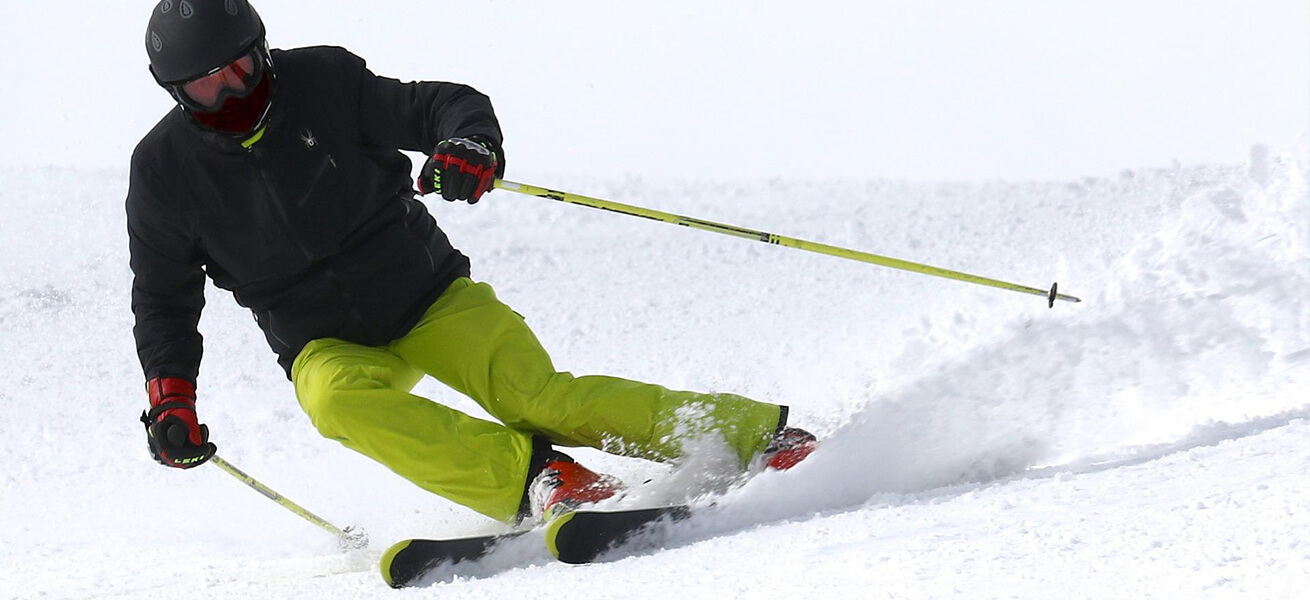Safe skiing
4 tips protect you from accidents on the slopes
When the first white flakes slowly fall from the sky outside, one or the other sports enthusiast is already itching in their legs. Up on the slopes and you’re already skiing down the slope. However, skiing is considered by many to be a rather dangerous and injury-prone sport, for example, due to collisions with other skiers. However, 90 percent of accidents are self-inflicted, whereas only one in eight is due to a collision between two or more parties. So the good news is that many of these injuries can be prevented by simple means. You only need to pay attention to a few factors:
1. preparation
Even if it seems tempting to head for the mountains as soon as possible after the first snowfall, thorough preparation after the summer, is the first step to fewer accidents on the slopes. An unfortunate fall while standing alone can cause joints and ligaments to overstretch or twist. Often the reasonfor this: The binding of their own skis does not loosen. For this reason, the binding should be urgently checked before the first ride of the season. For example, an increase or decrease in body weight can change the adjustment range of the binding. In addition, the rest of the equipment should be examined once again and the edges of the skis should be sharpened.
2. proper warm up
As with any other sport, skiing requires a short warm-up, ten minutes is enough. By doing simple stretching exercises, such as squats or holding the body for a short time in the downhill movement, they prepare their muscles for the upcoming athletic performance and can thus actively prevent injuries.
3. conscious driving
When going off-road or into deep snow, you should always be aware that there are additional risk factors involved. With the help of modern skis, skiing in deep snow has already become much easier, but it does not protect you from rocks or other obstacles that may lie hidden under the snow cover. Therefore, special caution applies here and above all, as on the normal slopes, the rule: a helmet protects against head injuries.
4. the correct self-assessment
Perhaps the most obvious, but probably the most important point, is the correct assessment of one’s own performance level at the time of the trip. Many accidents happen in the morning when you are tired, not concentrated or not properly warmed up. Also, when strength wanes after a long sports-filled day, the potential for injury increases. Of course, this is also the case with elevated alcohol levels. Therefore: Always listen to the condition of your own body and act accordingly, so nothing stands in the way of a safe descent.







